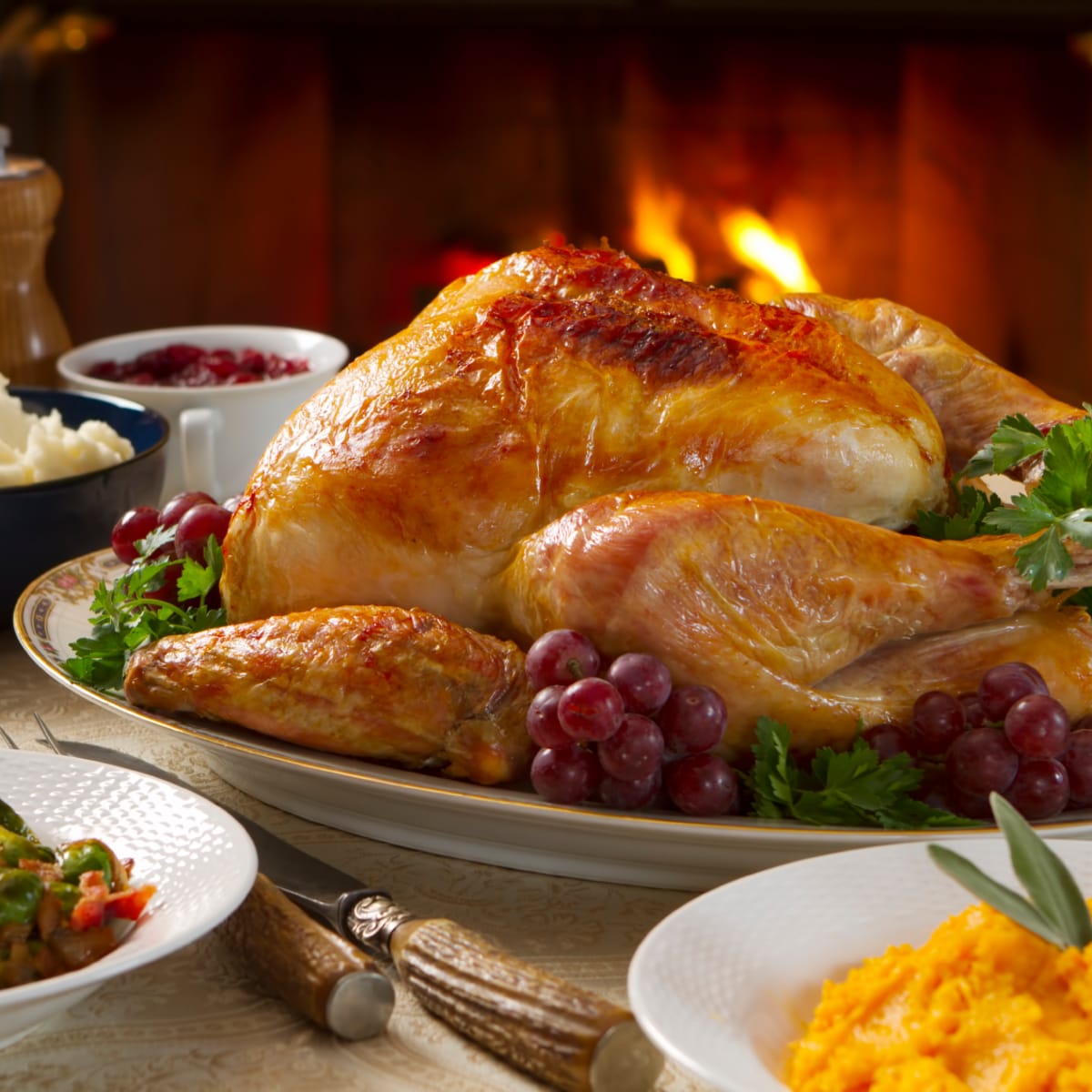
SPRINGFIELD – While Thanksgiving and other holidays will look different for many of us as we forgo getting together with friends and extended family, and instead opt to connect virtually to help prevent spread of COVID-19, cooking and baking likely will continue to be staples of the holidays.
“While we are focused on doing what we need to do to prevent COVID-19 – washing our hands, watching our distance, and wearing our mask – it is important not to forget food safety,” said Illinois Department of Public Health Director Dr. Ngozi Ezike. “This holiday season, I recommend following several food safety steps to help prevent foodborne illness.”
First things first – if your frozen turkey is 10 to 15 pounds, you need to take it out of the freezer now in order for it to be thawed by Thanksgiving Day. It takes about 24 hours for every five pounds of turkey to thaw in the refrigerator. If you need the turkey to thaw faster, you can thaw it in cold water. Allow for approximately 30 minutes for every pound of turkey and make sure to change the cold water every 30 minutes. You can also thaw it in a microwave. You just need to make sure to check the times and power settings on the microwave as they can vary. Depending on the size of the turkey, it could take an hour or more on the defrost setting to thaw. You should never thaw a turkey by leaving it on the counter. That practice invites bacteria to contaminate the bird.
The four main steps for food safety are:
Clean – Clean your hands, surfaces, and utensils with soap and water before cooking. After cleaning surfaces where raw poultry has touched, remember to re-sanitize.
Separate – Use separate cutting boards, plates, and utensils to avoid cross-contamination between raw meat and foods that are ready to eat. Juices from raw meat and poultry are likely to contain harmful bacteria such as Salmonella and E. coli. While these bacteria can be destroyed with proper cooking, it is important to keep these raw juices from touching food that won’t be cooked.
Cook – Use a thermometer to check if the turkey is cooked. You cannot tell by looking if it is fully cooked. Turkey should be cooked to 165° F. Take the temperature in three places – the thickest part of the breast, the innermost part of the thigh, and the innermost part of the wing.
Chill – Do not leave foods at room temperature more than two hours. After you are done eating, divide the remaining food into small containers and either refrigerate or freeze. Leftovers are safe in the refrigerator for up to four days.
An easy rule to remember is to keep hot foods hot, and cold foods cold. After being cooked to a safe temperature, hot foods should not be allowed to get cooler than 140° F. Cold foods should not be allowed to become warmer than 40° F. Bacteria grow most rapidly in the range of temperatures between 40° F and 140°F. This range of temperatures is commonly referred to as the “Danger Zone.”
Typical symptoms of foodborne illness include vomiting, diarrhea, and flu-like symptoms, which can start anywhere from hours to days after consuming contaminated food or drinks. Symptoms can last anywhere from a few hours to a few days. Those at risk of more severe and even life-threatening foodborne illness include older adults, infants, young children, pregnant women, and people with weakened immune systems. If you become ill, especially with severe symptoms, or if you are at risk for more severe disease, seek care from a medical provider to ensure a proper diagnosis and appropriate management.
More information on Food Safety During The Holidays can be found on the IDPH website.














